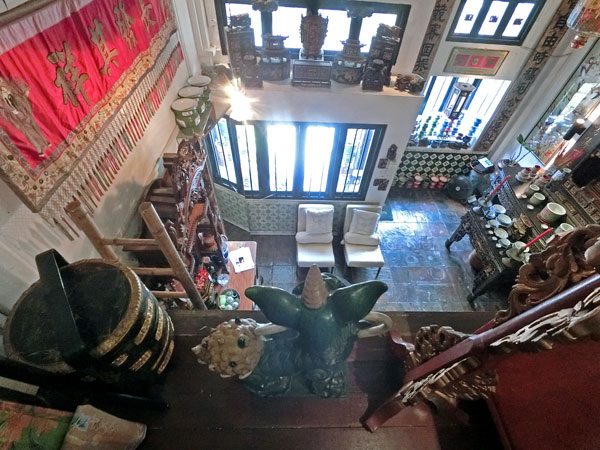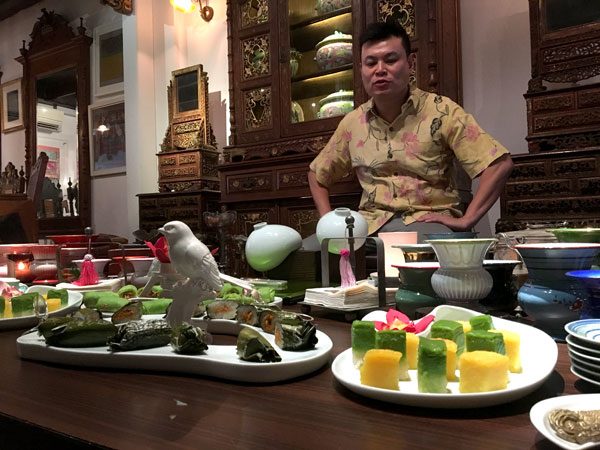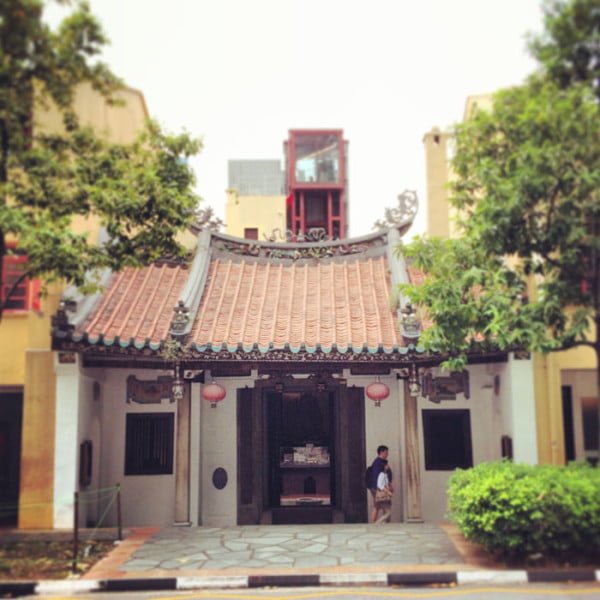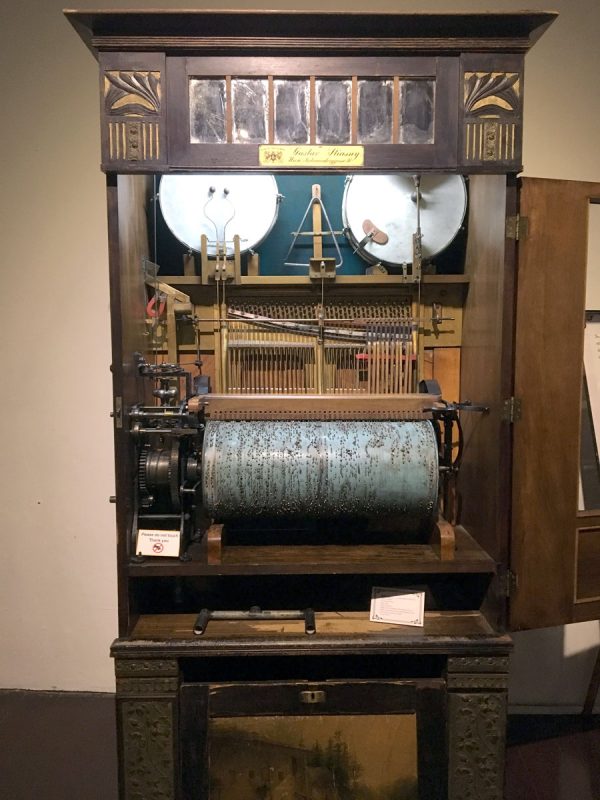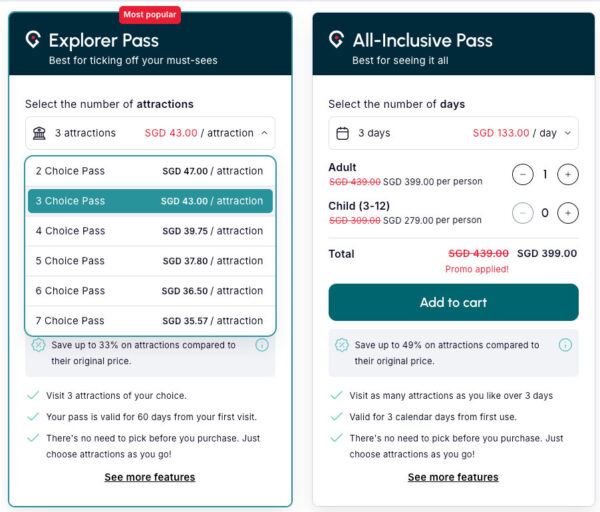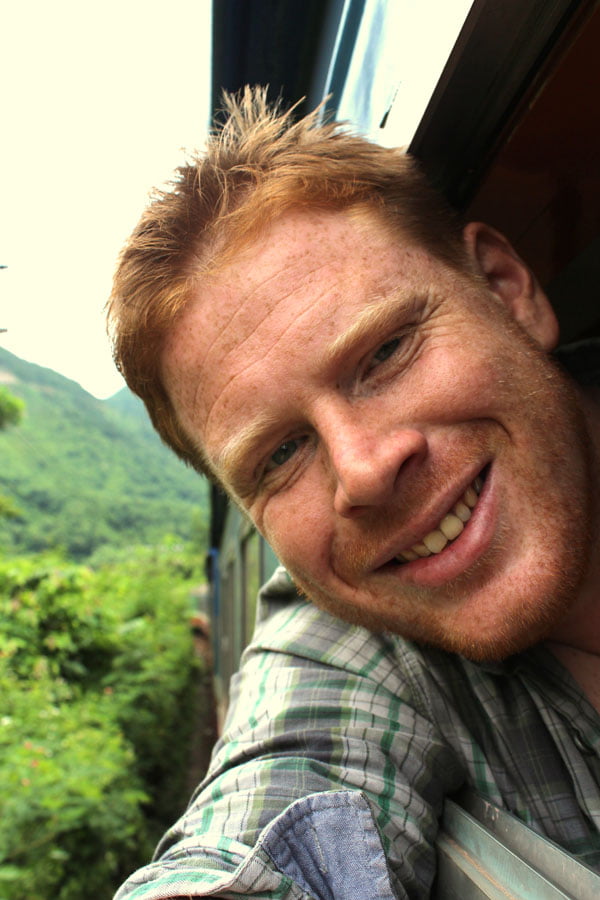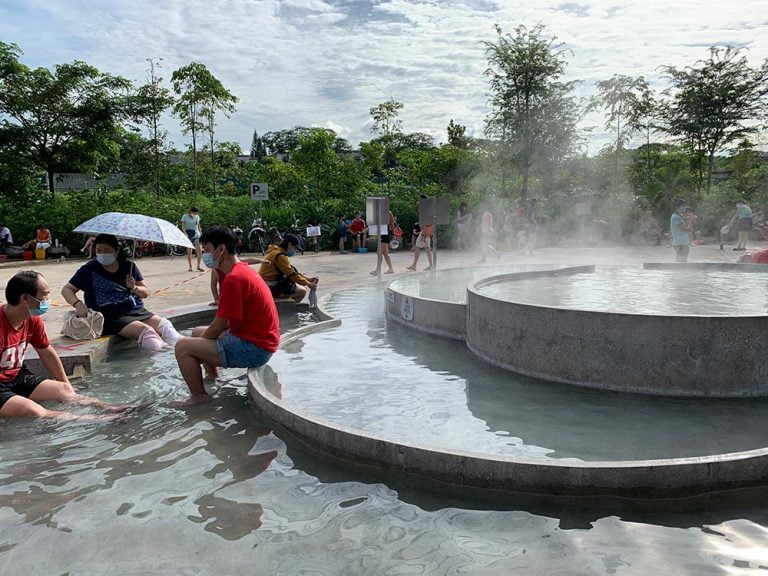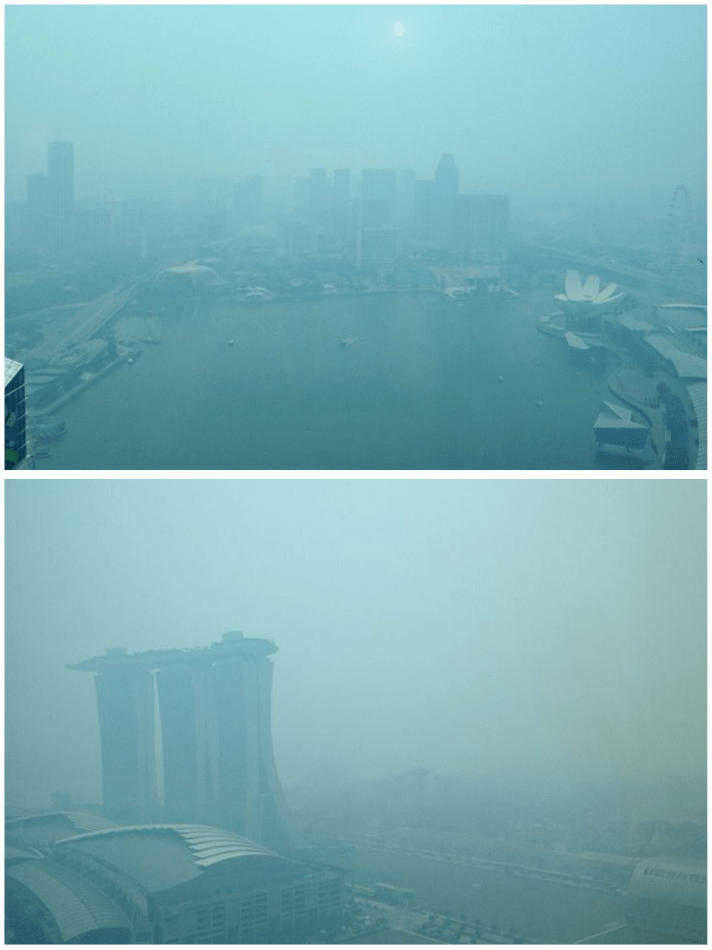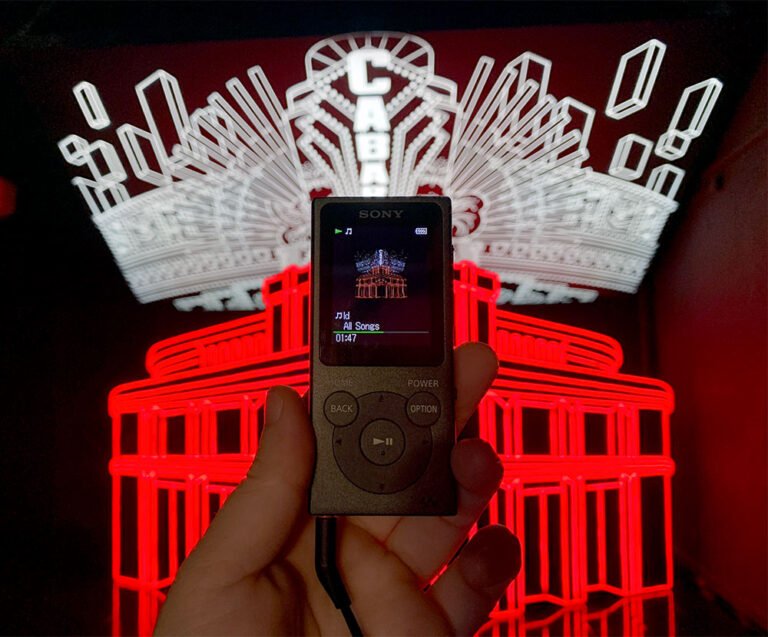4 unusual museums in Singapore for the adventurous culture lover
When it comes to museums in Singapore, there are the obvious big name options that I point people to: both the National Museum of Singapore and the National Gallery showcase Singapore’s overall history, art and culture quite well, but there are actually a whole bunch of other museums in Singapore worth checking out; smaller, unusual museums with niche topics that will show you a different side. Here are some of my favourite unusual museums in Singapore to check out!
Some notes before we dive in – I actually wrote produced this video and article for The A List in 2017 (it’s now known as Catch and the original article link is gone) and republished it on my blog with permissions and additions.
Researching for this article taught me some interesting things – some people have a very odd idea of what constitutes a museum. Also, just because the word ‘museum’ is in the name doesn’t necessarily mean it’s an actual museum, for example the museum of cats (a cat cafe), and a Live Museum or tortoises and turtles (a mini zoo is not a museum)…
Check out www.museums.com.sg for a listing of more than 50 private and public museums in Singapore and their range of activities. I have actually visited all these places listed in this article so you are reading my personal accounts and opinions, feel free to chime in or add on what you know in the comments. I also have a ton of recs thanks to my FB friends, most of which I have yet to check out – I’m putting those at the bottom of the list for you to check out.
Here’s the short video that I made when I first wrote this piece, but it’s not been updated as this article has been!
The Intan
An intimate look at Peranakan culture
Read a detailed account about my Intan tea experience here
Singapore’s Peranakan culture is quite unique to this region. A result of the mixing of the local-born Malays (people in Singapore and Malaysia) with the Straits immigrants (from China, India and other parts of the world), they blended their cultures and practices into the unique melting pot that we now call Peranakan.
Note: In Singapore, Peranakan tends to reflect the Malay-Chinese pairing since we have majority Chinese here, but it can also really be Malay-anyone else.
The Intan museum is unusual as it is actually a personal home — owner Alvin Yapp has his room on the second floor. It is also located in Joo Chiat, a traditionally Peranakan neighbourhood and you can find more Peranakan food, culture and experiences around the area.
You can also see several street art and murals in Katong and Joo Chiat that reflect that Peranakan presence around the area.
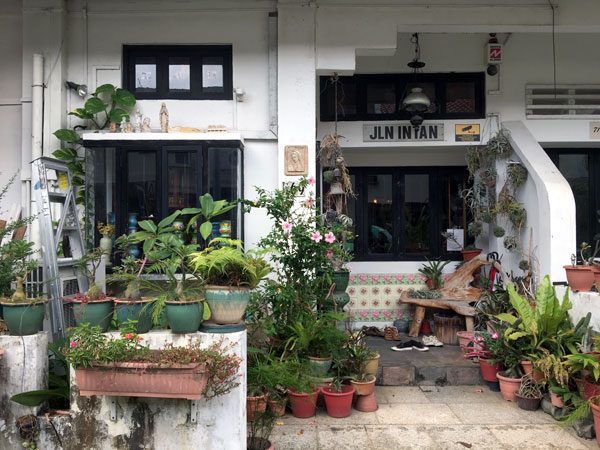
Alvin wanted to create a unique and intimate way for people to understand Peranakan culture, which resulted in him creating the Intan Signature Tea Experience, an hour-long session where he personally guides guests through his tiny two-storey shop-house space filled with an array of Peranakan artefacts.
It’s a truly personal way to learn about this unique culture as there are no placards or artist statements, but ask a question about any of the knick-knacks in any corner of the house and Alvin will give you a spiel that covers anything from the significance of the object to Peranakan culture, or how he managed to collect it.
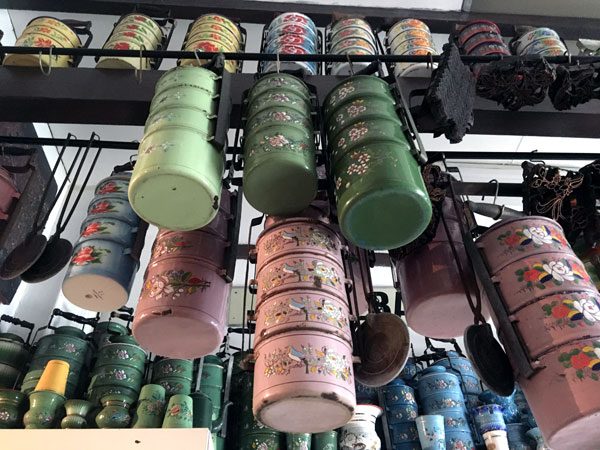
Most institutions will have you scurrying for the exits if you pull out a snack amidst the exhibits, but at The Intan, the Nyonya kueh you are served is considered an integral part of the visitor experience as the tour ends with traditional Peranakan snacks and tea.
I enjoyed this tour, and while it may be a bit pricey, it’s a fun way to really take in a culture and learn from a local if you enjoy experiential learning.
If you are interested in learning more about the Peranakans, check out the Peranakan Museum that you can check out to learn more about the history of the Peranakans.
Address: 69 Joo Chiat Terrace. The closest MRT station is Eunos EW7.
Cost: The Signature Tea Experience costs $64.20 and is open by appointment only. They now offer several other types of experiences, see the latest updates at The Intan website.
Fuk Tak Chi Temple
The oldest Chinese temple in Singapore
Read a detailed review about my stay at the Amoy Hotel
The Fuk Tak Chi Museum is a small Chinese temple along multicultural Telok Ayer Street that looks pretty unassuming at first glance – more people know about and visit Thian Hock Keng Temple further up the street – but actually has the honour of being the oldest Chinese temple in Singapore dating back to 1824.
One other weird thing that makes this temple unique is its ‘secret’ back entrance that opens into the modern air-conditioned lobby of the boutique Amoy Hotel.
This boutique hotel was constructed in what used to be the back alley of the temple and it is considered a part of the Far East Square premises today. Your welcome drink as a hotel guest is accompanied by a complimentary tour of this little museum courtesy of hotel staffers, who have been trained to tell you more about the temple built by Chinese immigrants and once housed the statue of Tua Pek Kong.
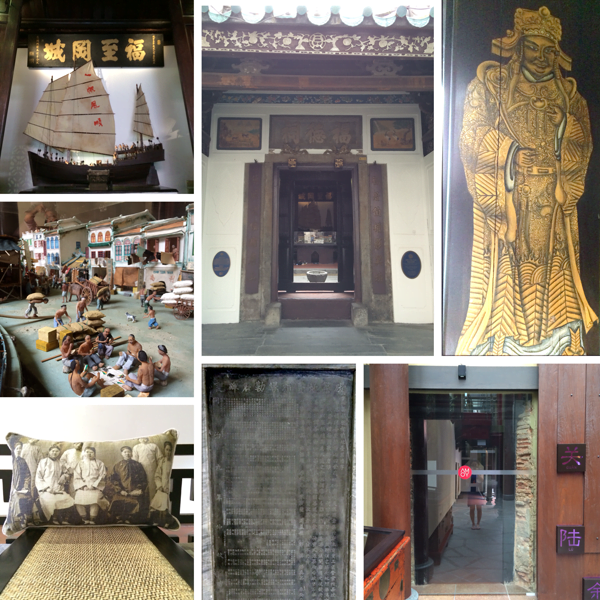
You don’t have to be a hotel guest to explore this museum — it is open to the general public though there are no museum guides or placards to give you more information on site. The Amoy hotel with the attached Fuk Tak Chi Museum makes for a unique option for those who like a hotel stay with more personality.
If you have more time, take the time to stroll Telok Ayer Street from one end at the junction with Cecil Street to its other end adjoining Church Street. This street’s Malay name translates to ‘Bay Water’ and used to be the former coastline of Singapore and the landing point of many new immigrants arriving in Singapore. There are lots of really interesting religious buildings all side by side along this stretch amidst the heritage shophouses worth taking a closer look at.
Address: 76 Telok Ayer Street. The closest MRT is Telok Ayer (DT18) or Raffles Place Interchange (EW14/NS26).
Opening Hours: Opens 10am-10pm daily.
Cost: Free Entrance!
Book your stay at the Amoy Hotel on Booking.com [affiliate link]
Singapore Musical Box Museum
A surprisingly intriguing collection
Collectors always leave me in awe with their dedicated passion for a specific item. There’s something particularly impressive about single-mindedly amassing a huge number of a particular object and displaying it all in one place.
The Singapore Musical Box Museum has over 40 pieces from the personal collection of a Japanese man Mr Naoto Orui, and this museum is the first overseas showcase of his impressive musical box collection.
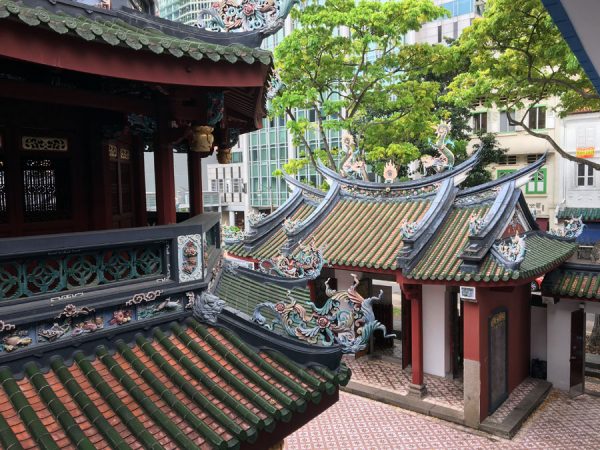
What do musical boxes have to do with Singapore though? These fancy music playing items always struck me as a very European affectation and a frivolity that only the rich could afford because it’s mostly decorative and particularly practical.
It turns out that back in Singapore’s British colonial days, local craftsmen were taught by the British who came to live here how to repair musical boxes and some craftsmen even went on to make their own music boxes. You can see one of these rare Singapore-made musical boxes produced in the 1800s in this museum, which is one of the reasons that the founder wanted to set up the museum here in the first place.
What I found fascinating is that musical boxes aren’t just table-top sized – some of these musical boxes contained their very own marching band. The big musical boxes are large enough to rival grandfather clocks and some contained 7 or more different instruments inside! The guide carefully wound up some of these boxes (some are coin-operated) to show us the mechanical workings of the musical box and the songs they play.
It’s not all musical boxes on display though, you can also see some old school gramophones and random decorative items, definitely something you don’t quite expect to see in Singapore.
Address: 168 Telok Ayer Street, Chong Wen Ge next to Thian Hock Keng Temple. Closest MRT is Telok Ayer (DT18) or Raffles Place Interchange (EW14/NS26).
Opening Hours: Opens 10am-5pm, closed on Tuesdays and Thursdays.
Cost: S$20 for adults, S$10 for concession tickets. Bookings must be made beforehand, no walk-ins accepted. See most updated details at The Singapore Musical Box Museum website.
Lee Kong Chian Natural History Museum
A closer look at Singapore’s nature and biodiversity
Singapore is a very built-up city with few untouched natural spaces left, so it’s sometimes easy to forget Singapore’s lesser-seen natural side. Head to the Lee Kong Chian Natural History Museum where there are lots of well-presented interactive and digital displays to teach you about biodiversity in Singapore and around the region, including some pretty impressive skeletons and specimens on display.

While I love visiting natural history museums because I find the subject matter of wildlife, evolution and conservation much more intriguing than dry historical facts or obscure art, I’d been putting off a visit to this museum just because it’s a little out of the way. Located on the National University of Singapore campus on the west side of Singapore, it’s not the most centrally located spot compared to other more easily accessible museums. But having to research this article and my desire to learn more about the Singapore Whale finally led me there, and I feel like I need to go back again because there’s so much to discover.

Address: National University of Singapore, 2 Conservatory Road at the Faculty of Science. Closest MRT is Dover EW22.
Opening Hours: Opens Tuesdays to Sundays 10am-6pm, closed on Mondays.
Cost: Note that there are 3 sessions of tickets available based on entry time – 10am, 1pm and 4pm. Tickets cost S$16 for adults, S$9 for children 3-12 years (Singaporeans and PRs), and for visitors its S$21 for adults and S$13 for children. You can buy tickets beforehand online or at SISTIC counters, and you can get tickets at the museum itself but it’s NETS and Credit Card only. Check out the LKCNHM website for updates.
Other small museums in Singapore worth checking out
These are other small museums that I was recommended to visit but didn’t make the final list. I haven’t checked out all of them, but do leave me a note if you loved/hated any of these particular museums.
- MINT Museum of Toys – this one’s high on my list of quirky museums to see in Singapore. Free entry in the evenings on the last Saturday of each month, stay tuned!
- Malay Heritage Centre – Located in Kampong Gelam in the former Istana (palace), this museum is well presented with a lot of informational displays about the history of Malay culture in Singapore and some fun stuff like a Malay music jukebox
- Indian Heritage Centre – this is quite a new museum and a bit jarringly modern looking compared to its shophouse neighbours in Little India! Also well presented and informative about the Indian diaspora in Southeast Asia and Singapore
- Singapore Chinese Opera Museum – I wanted to see this but it was closed when I tried to visit! I’d suggest calling ahead to check first but it sounds interesting
- Civil Defence Heritage Gallery – Located in the historical Central Fire Station, this is popular among parents with young kids when combined with the Open House events that happen every Saturday from 9-11am
- Singapore Maritime Gallery – I honestly never even heard of this until someone told me about it, but it looks pretty well presented and a fun look at Singapore’s shipping and maritime history
- Changi Museum – this one is actually quite well known internationally because of its WWII history, but it’s in a pretty far-flung Eastern corner
- Former Ford Factory – this is where Singapore surrendered to the Japanese in WWII
- Reflections at Bukit Chandu – also another historical place I’ve not seen, a memorial where a brave Singaporean army brigade faced down the Japanese invaders in WWII and sadly lost
Feel free to give me more suggestions to go check out in the comments below!
If you’re short on time and want to see the bigger landmark museums in Singapore, they are definitely worth checking out:
- The National Gallery is a behemoth of a building whose history and architecture is worth seeing even if you aren’t into South East Asian art
- The National Museum of Singapore, Singapore Art Museum, Asian Civilisations Museum and Art Science Museum are good one-stop options if you are short on time. They often host larger festivals or programmes throughout the year as well – check their calendars before visiting.
See all my Singapore posts, or check out how I feel about art appreciation for the layman and my absolute love for street art:

